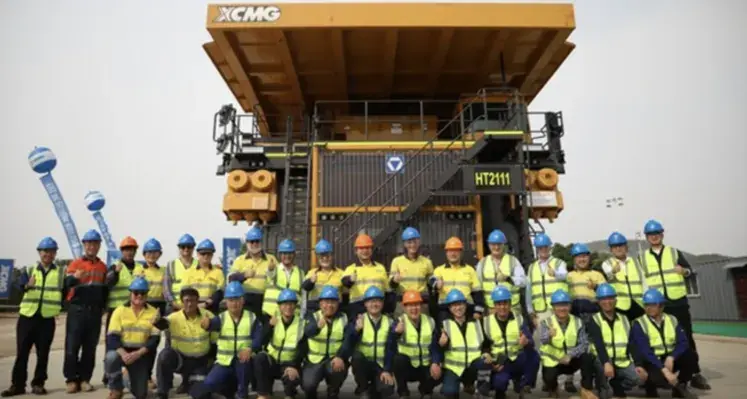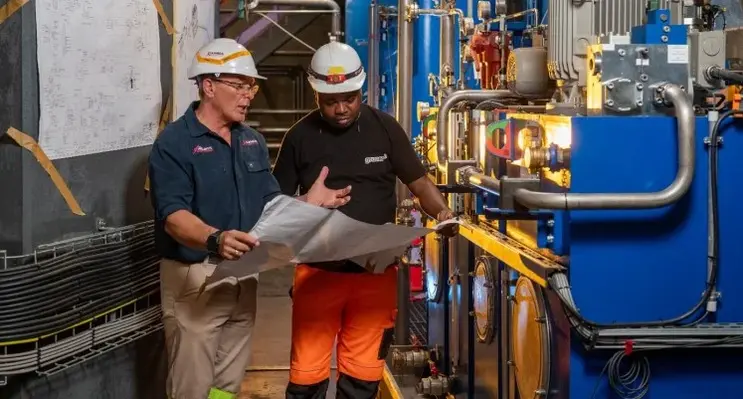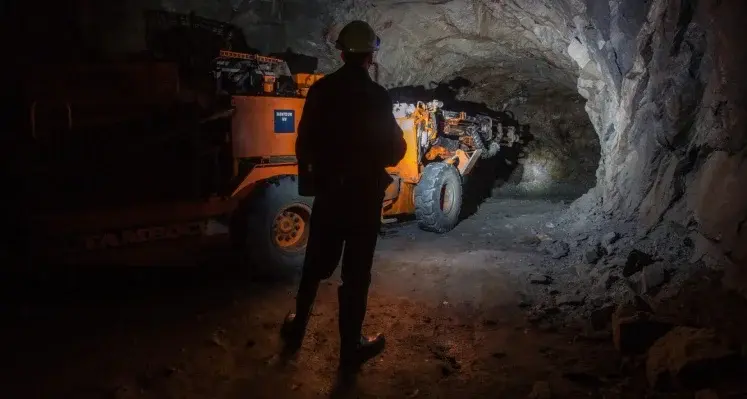
Meta Global Vision expands Africa Turbo to streamline automotive and industrial parts supply for mining operators. (Image source: Meta Global Vision Holdings LLC)
Meta Global Vision Holdings LLC has reported ongoing development and expansion of Africa Turbo, its automotive and industrial parts platform designed to support mining companies, fleet operators, and automotive repair businesses across African markets
Africa Turbo focuses on the supply of automotive components, heavy-duty engine parts, and tyres, targeting organisations that depend on reliable access to equipment parts to sustain day-to-day operations. The platform is structured to consolidate sourcing from international suppliers, providing customers with a single access point to a broad range of components used across industrial and mobility applications.
The company highlighted that mining operators and repair facilities in many African markets continue to contend with fragmented supply chains, uneven product availability, and lengthy procurement cycles. Africa Turbo was developed to help mitigate these challenges by coordinating supplier engagement and logistics through a centralised platform.
According to Meta Global Vision Holdings LLC, Africa Turbo collaborates with established suppliers to support consistent quality standards and dependable supply for industrial customers operating under varied regional and environmental conditions. The platform is intended to serve both large-scale industrial operations and independent repair workshops seeking predictable access to parts.
“Africa Turbo was developed to respond to recurring supply challenges faced by industrial and automotive operators across the continent,” said Wendtoin Arsene Tonde, Marketing Director at Meta Global Vision Holdings LLC. “The platform focuses on improving access and coordination rather than introducing new consumer-facing products.”
Meta Global Vision Holdings LLC added that Africa Turbo forms part of its wider portfolio of infrastructure-focused platforms. The company continues to assess regional demand and potential operational partnerships as the platform evolves.
Further announcements on platform features and regional reach are expected as Africa Turbo continues to expand its operations.









